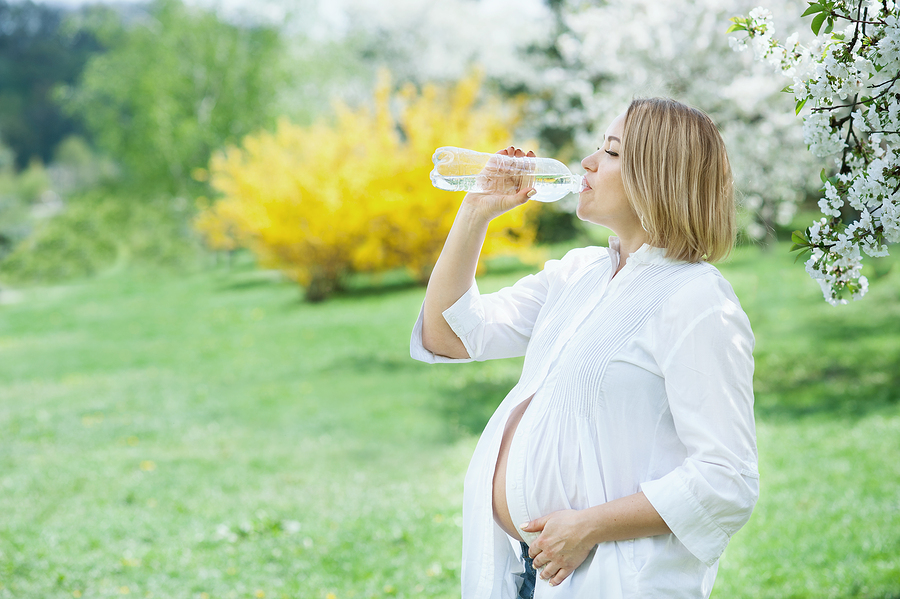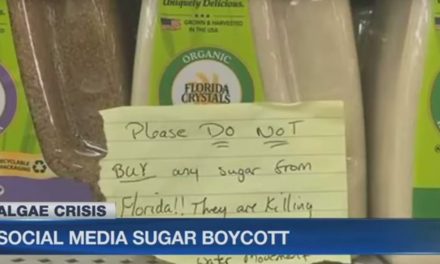A study published this week in JAMA Pediatrics found that phthalates, “chemicals commonly found in personal care products, food processing, and packaging, and household items,”1 might be linked to delayed language development in children. The research, done in the US and Sweden, compared the levels of phthalates in pregnant women in relation to language development in their children. (And according to the study, two phthalates, in particular, were considered to be the worst; dibutyl phthalate and butyl benzyl phthalate.)
RELATED STORY:
“The study included 963 children and mothers from Sweden, who participated in the Swedish Environmental Longitudinal Mother and Child, Asthma and Allergy Study (SELMA) and 370 mothers and children from the United States, who participated in the Infant Development and the Environment Study (TIDES).
Researchers took urine samples from the mothers early on in their pregnancies, which were measured for the presence of phthalates. A questionnaire was filled out by parents about their child’s language development at 30 months old in Sweden and when they were at least 2 years old in the US.
Vocabulary responses were split into groups according to the study: fewer than 25, 25 to 50, and more than 50 words. Any child who had a vocabulary of less than 50 words was considered to have a language delay.”2
RELATED STORY:
Controlling for factors like the child’s age and both the age of the mother and educational level, researchers found:
- 10% of both populations had language delays of vocabularies under 50 words (96 of the SELMA kids and 37 of the TIDES children)
- twenty-six of the children in Sweden and 10 of the children in the US used 25 words or less.
- there was less statistical significance in the US results but both populations had consistent results
- the language delay was more common in boys than in girls, an already well-known fact
Shanna Swan, one of the authors of the study and professor in the Department of Environmental Medicine and Public Health at Mount Sinai Icahn School of Medicine, said:
“When you compare the risk of language delay in mothers with high exposure versus low exposure, it was double the risk. They were twice as likely to have language delay. It’s very unusual to have two populations on other sides of the pond, if you will, and very similar response to shared chemicals. These chemicals are in Europe and the United States and they seem to be affecting the children similarly. So, there’s a generalizability here that’s important.” 3
If you are pregnant or are trying to avoid exposure to phthalates, it’s a good idea to check the labels on your personal care products (my editor threw a garbage can of stuff away a couple of years ago when she learned about their dangers), and eat a healthy, whole foods diet with little to no overly processed and packaged foods. (If you want to be uber careful know that phthalates present in your home, like on your vinyl shower curtain, can end up in household dust so make sure you have a good dust control plan.)
RELATED STORY:
It is true that exposure to phthalates is widespread in the United States so any additional precautionary measures you can take will only benefit you and your family’s health; serve more fresh fruit and veggies, eat less processed meat, using plastic alternatives when possible, and please DO NOT microwave anything in plastic.
RELATED STORY:
(Phthalates are a group of chemicals that are present in hundreds of products including toys, vinyl flooring and wall covering, nail polish and perfumes. Their uses include making plastics harder to break and more flexible and as solvents.4)












